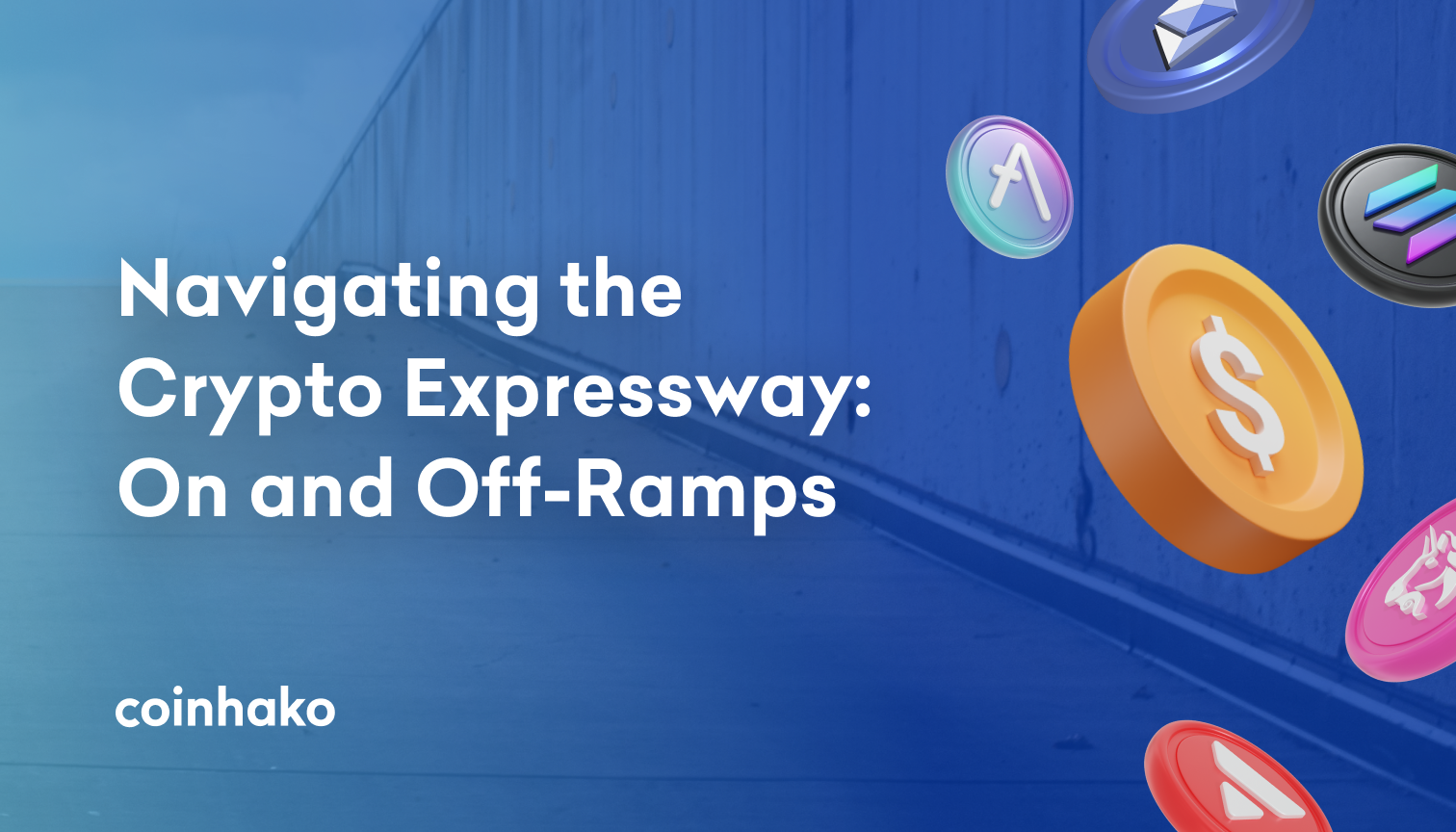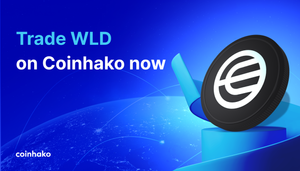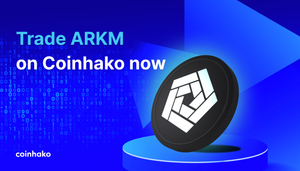When describing roads in Singapore, what is the word that comes to mind when you see the road that leads upward to an expressway? If you said “on-ramp”, then there are two possibilities: you’re either from North America, or you enjoy reading the dictionary as a pastime. No matter how you came across this word, its simplicity has rendered it versatile enough to be used in a different context — in our case, the world of crypto.
With crypto witnessing a surge in popularity and the maturation of the market over the past few years, more and more individuals and institutions are looking for ways to enter and exit this digital realm seamlessly. This is where different on-ramps and off-ramps options come into play.
On-Ramps: The Gateway
On-ramps are the mechanisms or services that allow people to enter the cryptocurrency space by purchasing digital assets using traditional fiat currency. Some common on-ramps include:
Cryptocurrency Exchanges
Cryptocurrency exchanges are arguably the most well-known on-ramps where users can trade their traditional fiat currencies into cryptocurrencies.
At Coinhako, we enable on-ramps for anyone looking to get a hold of cryptocurrencies like, BTC, ETH and more, through a variety of payment solutions on our platform. Our Singapore-based users are able on-ramp via payment solutions like PayNow, FAST transfers from the bank or trade instantly using VISA/Mastercard, and more.
View BTC/SGD prices now
Peer-to-Peer (P2P) Platforms
P2P platforms are another alternative, where buyers and sellers connect directly to exchange their cryptocurrencies for fiat currencies.
While this certainly has added convenience to the on-ramp experience, P2P trading can be tricky. In some countries, trading via this method is not allowed. Users looking to use P2P platforms to trade cryptocurrencies should check that they are not in violation of any regulations.
Cryptocurrency ATMs
Cryptocurrency ATMs, also known as Bitcoin ATMs, are physical kiosks that allow users to purchase cryptocurrencies using cash or credit/debit cards. These machines have popped up in shopping malls and various interesting locations all over the world, and are another viable alternative for individuals to on-ramp into the crypto-sphere.
Similar to P2P trading, trading through ATMs isn’t as straightforward as you might expect. There are the usual restrictions when it comes to trading through these ATMs. In some countries, these ATMs are not even allowed to operate. As usual, it’s best to do your own research before you start using these machines.
Off-Ramps: The Exit
To “off-ramp” from cryptocurrencies would simply mean to convert it back to fiat currencies which can then be used to make payments or any other financial transactions. Some common off-ramps include:
Cryptocurrency Exchanges
Just as cryptocurrency exchanges can serve as on-ramps, they can also act as off-ramps. Users can sell their cryptocurrencies for fiat currencies on these platforms.
Once the trade is completed, users have the choice to send their fiat funds back to their bank accounts, use it for payment via payment service providers, or even make another trade on the cryptocurrency platform.
At Coinhako, we provide a seamless off-ramp experience where our Singapore users can send their funds back to their bank accounts via a FAST transfer, which only takes a few minutes to process.
👉Off ramp crypto from Coinhako
Peer-to-Peer (P2P) Platforms
Just like the crypto exchanges that provide on and off ramp services, P2P platforms also work in both directions. allowing users to sell their cryptocurrencies for fiat. The seller receives the equivalent amount in their traditional bank account, providing a straightforward way to exit the crypto market.
Cryptocurrency ATMs
Cryptocurrency ATMs are also not just for buying; they also enable users to sell their digital assets and receive cash in return — this means you can convert your BTC to SGD immediately. This function adds to their convenience and utility.
Considerations
While on-ramps and off-ramps offer convenience and accessibility, it's important to consider the following before jumping in:
Regulations: Crypto regulations vary by region. Ensure you are aware of the legal and tax implications of your crypto transactions.
Fees: Different platforms charge varying fees for their services. Be sure to understand the cost implications of using a particular on-ramp or off-ramp.
Security: Always prioritize the security of your assets. Use reputable platforms and follow best practices for securing your cryptocurrencies.
On-ramps and off-ramps are the vital connectors between the traditional financial world and the digital universe of cryptocurrencies. They make it possible for individuals and institutions to enter and exit the crypto market with ease. Whether you're a newcomer looking to venture into cryptocurrencies or a seasoned trader seeking to cash out your gains, understanding how these pathways work is crucial. As the crypto landscape continues to evolve, so too will the options available for navigating this exciting and dynamic space.
Disclaimer: All writers’ opinions are their own and do not constitute financial advice. As a company, we do our best to provide information that is accurate and valuable. The contents of this blog post are intended for educational purposes only. Individuals are advised to perform due diligence before purchasing any cryptocurrencies as these assets are subject to high volatility, and understand the risks associated with trading cryptocurrencies.
👉 Join us on Telegram and Instagram
🤔 For any queries, please reach out to us here, or visit our Help page.
Copyright © Coinhako 2023 All Rights Reserved. Read more on our terms of use of this blog. All opinions expressed here by Coinhako.com are intended for educational purposes, taken from the research and experiences of the writers of the platform, and should not be taken as investment or financial advice.






